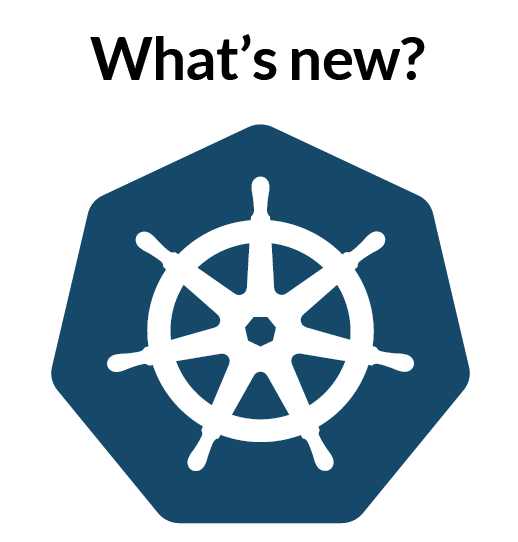Modern infrastructure generates a heck of a lot of data, and it all has to go somewhere. Here’s how to connect your Checkly data to Prometheus and Grafana, as part of an integrated observability pipeline.
All tagged DevOps
Night of the Runbooks: a DevOps horror story
It was Morgan's very first night on call, and they were a mite nervous, as you can imagine. Suddenly a harsh beeping jolted Morgan out of their reverie: "Service is CRITICAL". Morgan’s night of terror was about to begin.
What's new, Kubernetes?
It’s hard to believe, but Cloud Native DevOps with Kubernetes has been out for nearly a year! While much has changed in the Kubernetes landscape, a lot is also the same. In this post we’ll cover some of the things that have changed (and what hasn’t).
"Just a big ol' cloud of compute"
David Linthicum, host of the Deloitte On Cloud podcast, chats with authors John Arundel and Justin Domingus about how enterprises can use Kubernetes as a platform to power improved DevOps, and make cloud migration more process-oriented and straightforward.
The elusiveness of DevOps
DevOps is more than inter-departmental hugging, feedback loops, and automated testing. To get a succinct definition, Phil Whelan of ActiveState asks John Arundel, of Bitfield Consulting, what his definition of DevOps is, and why it’s so hard to get people to agree on what DevOps means.
Build bridges, not walls
We live in a world of walls, unfortunately, and some people would like to build even more of them. Whatever you think about that, the walls between software developers and IT operations staff don’t do anybody any favours.
Are you looking for trouble?
A good sysadmin is a good detective. You should make time as part of your job to pick on a machine every so often and examine it forensically, like a crime scene. What’s here that shouldn’t be? Are things working like they’re supposed to? Are there any problems with this machine that have gone unnoticed by the automatic monitoring?
To the progressive optimist, the idea of programmers and sysadmins batting for the same team seems obviously desirable. To the conservative cynic, it seems obviously doomed. Both are half right. The short history of computing has seen the rise of two very different cultures: the people who program the machines, and the people who keep the machines running sweetly.
Agile sysadmin and the art of infrastructure automation
I recently gave a Devops-flavoured talk at the London Ruby Users Group on agile sysadmin practices, agile web ops, configuration languages and infrastructure automation. See the slides and listen to the audio here.
Sysadmins take note
Working scientists keep a lab notebook in which they write down everything they did, and what the results were. Sysadmin work is also about careful, scientific, detailed experimentation, especially when troubleshooting.
Database migrations in Kubernetes
In a CI/CD pipeline for deploying an application running in Kubernetes, there are a couple of options for how to handle migrations. In this post we’ll discuss two of them: running migrations from your CI/CD tool, and using a Kubernetes Job resource.
Securing modern applications in the cloud
Kubernetes security is in the news at the moment, not necessarily in a good way. We thought it might be an appropriate time to share an interesting conversation we had recently with our friends Todd and Hannah at Threat Stack about Kubernetes, container security, and much more! We also had the fun of answering some questions from members of the audience.











